In this blog post, we will mention the most popular food items in Uzbekistan that every traveler must try.
Uzbek cuisine includes some of Central Asia’s finest, most colorful, and delectable meals. Uzbek gastronomy is well-known not just in the Middle East, but it is also gaining traction in Western democracies.
One of the great customs of Eastern civilizations is the Dastarkhan, a unique table provided for visitors. It’s brimming with various delicacies: jams, vegetables, and, of course, Uzbek flatbread. In fact, Uzbek folks won’t allow you to leave their house until you’ve consumed Osh or Pilav, a traditional Uzbek dinner.
Without wasting your time, let’s start out this blog with a list of the most popular Uzbek Cuisine.
Food in Uzbekistan: Traditional Dishes to Look For in Uzbekistan
1. Osh or Pilav (Plov)
We’ll start with this because it’s the most delectable dish in Uzbek cooking and it serves the country of this country’s friendliness and compassion. Pilav is made in every country where Uzbeks travel. This amazing mix of only seven components is enjoyed by people all over the world: butter, beef, onions, vegetables, rice, liquid, and pepper.
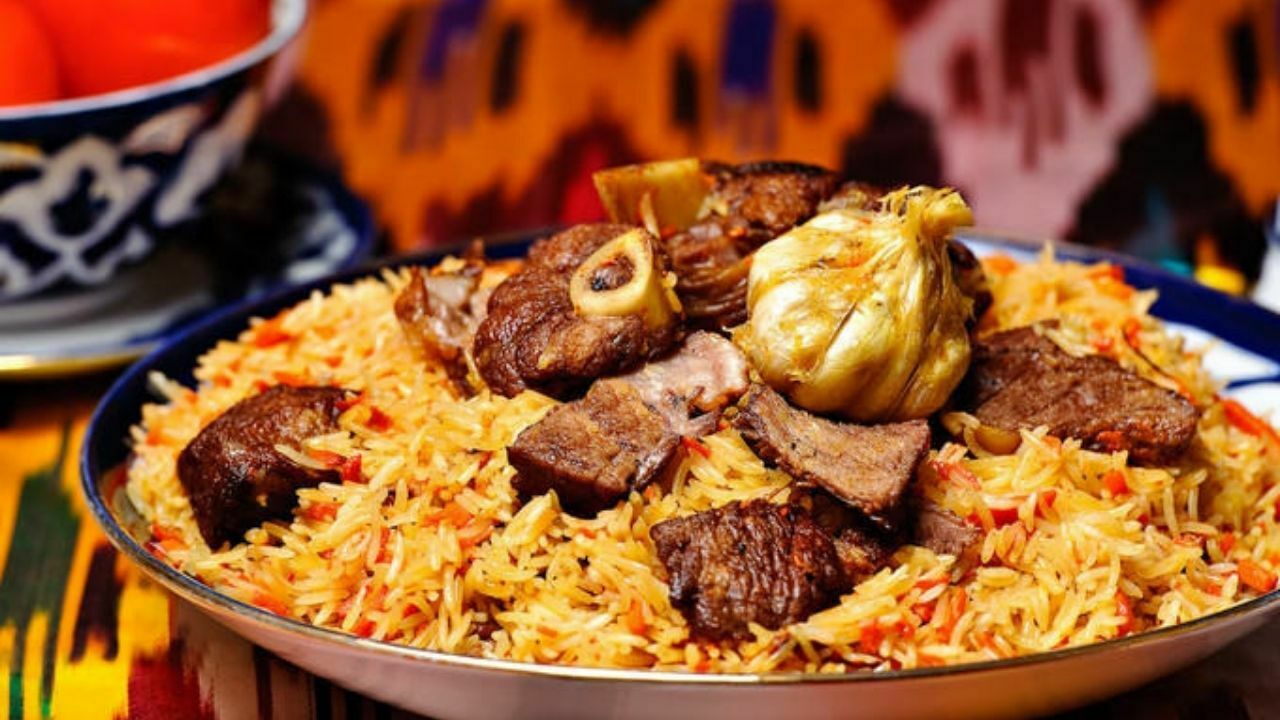
Quince, peach, radish, garlic, eggs (particularly quail’s), beans, pumpkin, figs, and other appropriate components are occasionally included. Yes, it provides a fantastic sensation of enjoyment, particularly when served with a fresh vegetable salad.
Suggested Read: Read our travel guide on the best places to enjoy the nightlife in Uzbekistan for a delightful experience.
2. Uzbek Bread
An Uzbek table would not be complete without homemade bread from the wood oven. As a cultural good, bread, like pilav, is regarded as one of the country’s key cultural items, and it is customary for Uzbeks to “taste salty of the baked goods” when you come as a gesture of their friendliness.

Nevertheless, the form and appearance of the loaf may vary by area, despite the fact that the procedure and components are nearly the same. It’s often produced using milk, cream, salt, a tiny quantity of glucose, flour, and yeast, all of which are manufactured using natural techniques.
3. Naryn
In Uzbek food, Naryn is among the most famous dishes. It is a traditional cattlemen’s dinner that has grown considerably over the years. It necessitates a large amount of meat, such as beef or horse meat. The meat is combined with the bread, which is then finely cut after boiling in water. The combination is sprayed with vegetable oils and dusted with cinnamon, which adds a subtle taste and scent. Fresh scallions can be added on top.
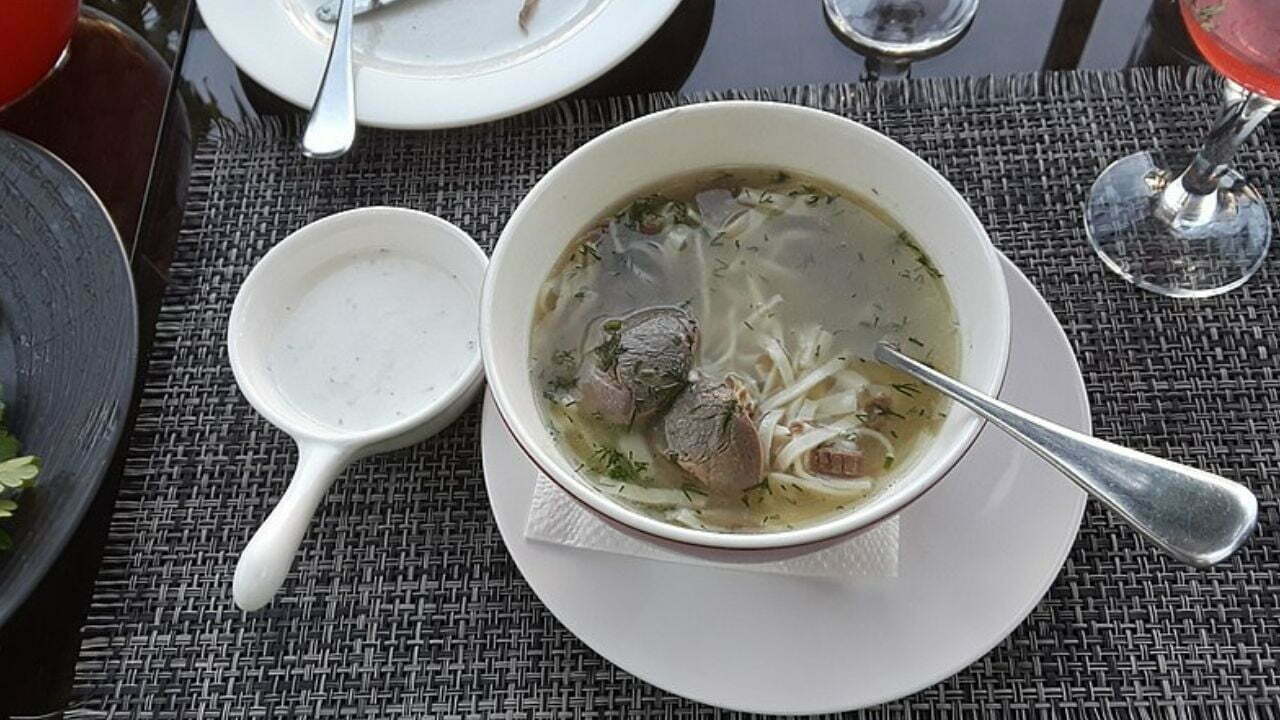
Naryn is a cold-weather dish that is popular in Tashkent. It is, nevertheless, extensively consumed all through the nation and may be seen on any local dining table and chaikhana.
Suggested Read: Read our travel guide on the best and most exciting things to do in Tashkent that are worth experiencing for every kind of traveler.
4. Sumalak
Sumalak is an old and unique food product produced specifically for the Navruz festival, and it is normally only created once per year. It has been prepared for generations, and while the methods and algorithms vary by location, the components remain consistent: the dough and wheat bran rinsed in two fluids. There’s nothing else.
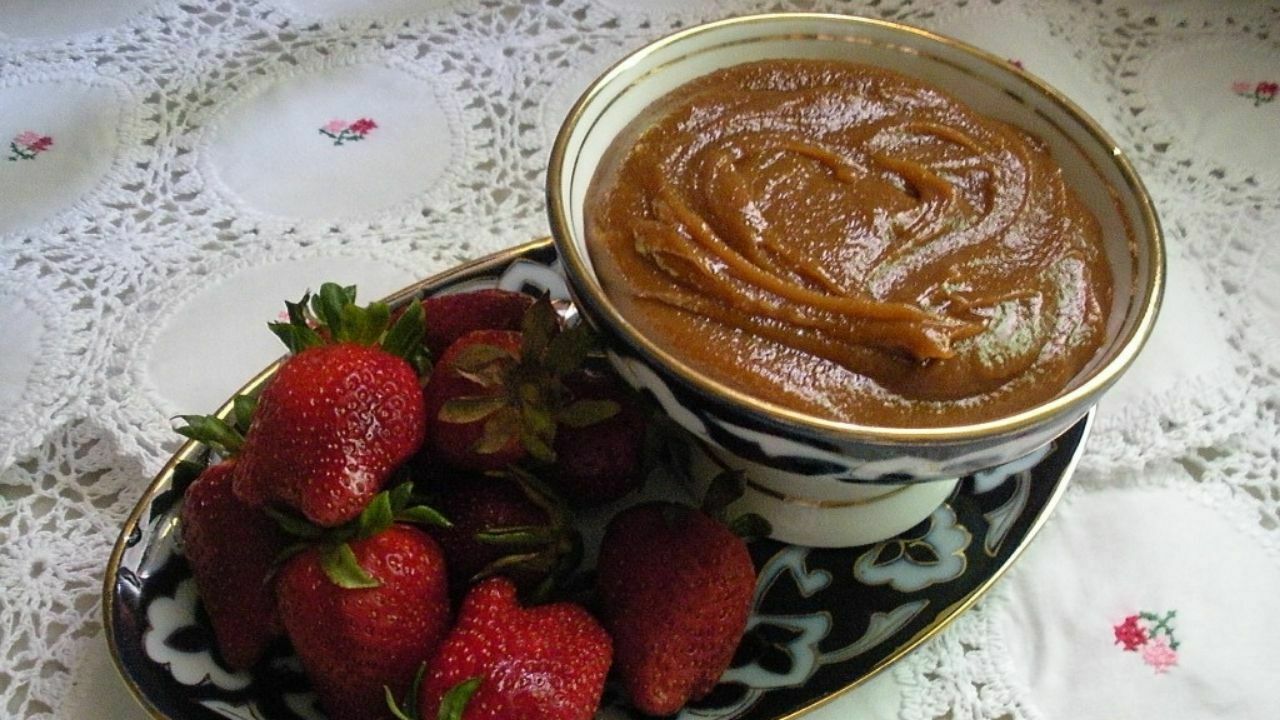
So, according to widespread opinion, if you say a prayer the first time you attempt it, it will come true! For Uzbeks, this is a precious and holy dinner that should only be prepared by kind, helpful, and very well-meaning people. It is usually prepared by older women who work all evening and into the morning.
5. Kuk (Green) Samsa
Kuk (Green) Samsa is among the springtime show’s principal dishes, and it has a prominent position on Uzbek Dastarkhan. Considering the lengthy preparation period, it is quite inexpensive and regarded to be highly healthy.
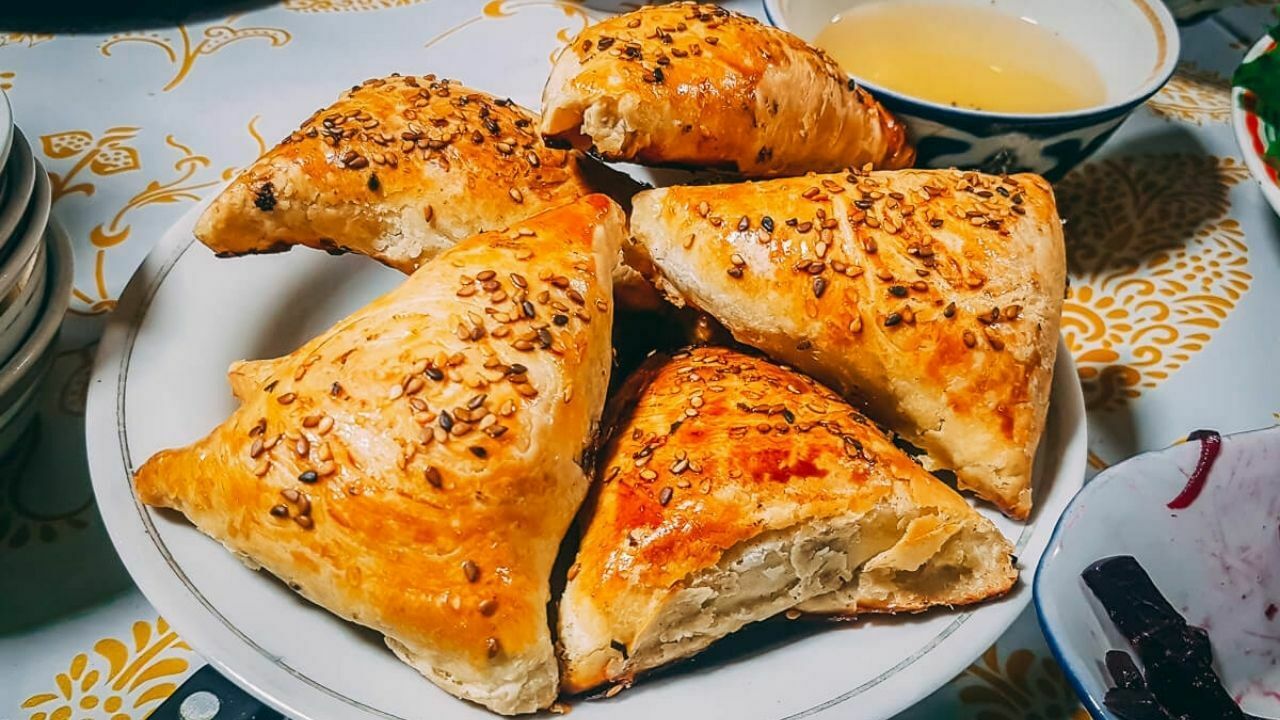
Proper cooking techniques have been handed down through the centuries in the traditional formula. Once the first fresh shoots of springtime plants arrive in spring, it is made from greens. At this time of year, our bodies require a lot of nutrients, which are abundant in this Samsa due to the abundance of fresh vegetables.
6. Manti
Manti, a steamed meal, is another healthy alternative. It’s a huge fried pancake that’s really tasty and dainty. Manti is traditionally made with stiff bread, chopped or coarsely diced meat, shallots, and spices like cinnamon.

The technique is as follows: a combination of pork and shallots is packed in another round of dough, and a bit of fat is modified to make it tastier and more delicious.
7. Uzbek Ravioli, Chuchvara
Chuchvara, often known as pancakes in other countries, is popular all over the world. It’s made out of beef, onions, and dough that’s been packed with a mixture of ground meat and minced veggies. This delicate meal is cooked in a variety of ways by Uzbeks, including simmering, frying, and adding to a broth.
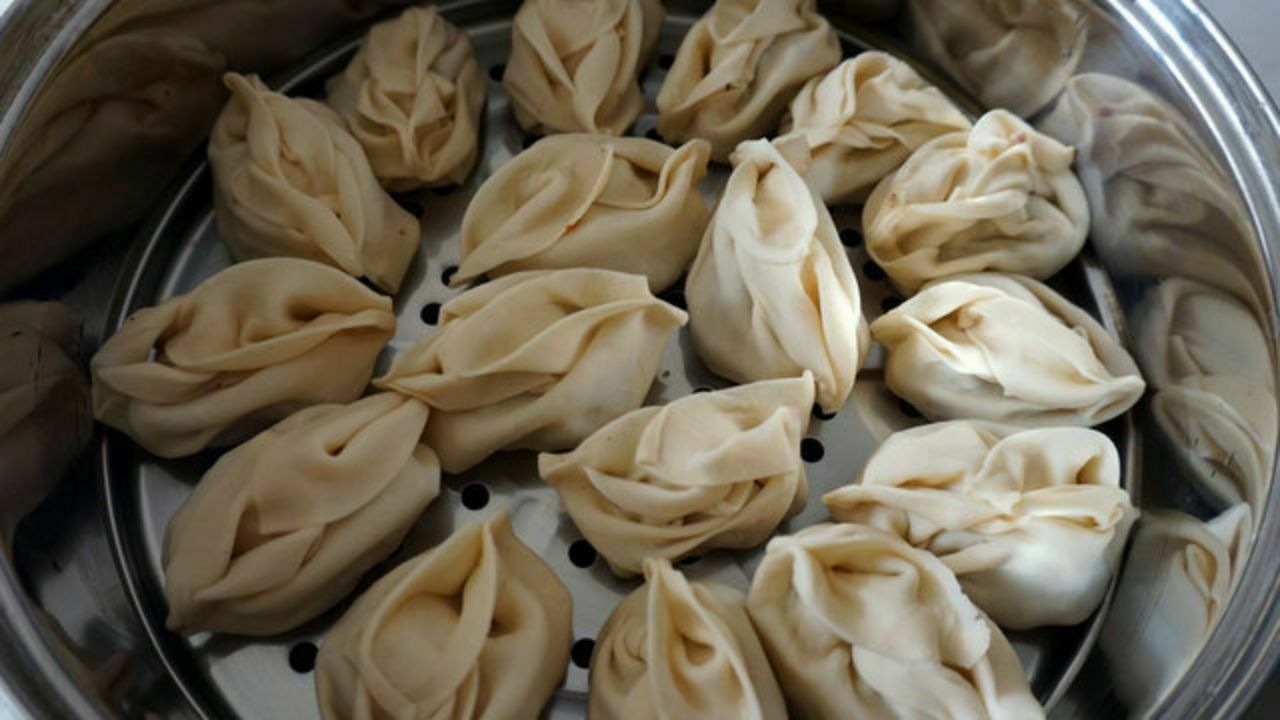
It’s generally cooked with milk. Although shops provide pre-cooked versions, Uzbeks prefer to make their own. I strongly advise everyone to try it at least once in their lives.
8. Tukhum Barak
The dish, known as Yumurta Barak, is native to the Khorezm area and is rarely eaten elsewhere. In Arabic, Barak signifies pancakes. It’s high in nutrients and is thought to help keep the heart rate in check. The dough should be firm and formed using liquid, salt, and wheat.

To make the filling, use the same number of tablespoons of butter, buttermilk, or salt as eggs. For example, 1 egg requires 1 tbsp. of butter, 1 tablespoon of milk, or 1 tablespoon of salt. All of the components have been well combined.
9. Uzbek Kebab
Kebab is Uzbek cuisine’s “royal dish,” eat at social events with friends and relatives. It’s made with meat, lard or suet, shallots, salt, and seasonings like cumin and coriander as a basis. The meat is fermented before cooking. It is usually cooked in acid or musallas, though mayo, sauces, beer, and different juices, notably plum nectar, are also popular.

The meat is next diced into semi-small bits. After that, the onion is chopped into lobes and salted. It’s all completely blended. Garlic and vegetables can also be incorporated into the mince. Over very well-coated coals, the meal is flipped. Kebab is typically served with fresh chopped onion and is delicious!
10. Tandoor Lamb
This one-of-a-kind meal is created with lamb, cardamom, pistachio nuts, and no additional seasonings. Mutton is the ideal meat for this recipe since it is more tender and refined than other meats. Each chunk of beef is strewn with herbs and coriander seeds. The wood-fired lamb’s main feature is its delicious scent.
A tandoor, a trench with a diameter of approximately 1 meter and a thickness of 1.5 meters, is built to roast the flesh. The oven fire heats up big boulders. A huge bowl is positioned on the bottom of the tandoor first before the meat is poured into it to catch the fat as it melts.
Conclusion – Food in Uzbekistan
If I summarize the cuisine of Uzbekistan in three terms, I’d say it’s substantial, meaty, and greasy. Uzbek cuisine is predominantly meat-based, yet all restaurants, diners, and other institutions provide freshly slaughtered meat and natural vegetables produced locally. There are no frozen foods, synthetic tastes, preservatives, or colorings, among other things. Furthermore, most dishes are offered on toast. Uzbek cuisine isn’t known for its use of spices, but that doesn’t mean the food isn’t tasty.
Without a question, Uzbekistan is a foodie’s dream. Tourists are constantly spoiled for selection with the variety of food options offered, which range from appetizers to major courses and are served in large quantities. Because of its position in Asia, European, and the Mideast, Uzbekistan’s cuisine is as diversified as the nation itself.
If you’re considering a vacation to Uzbekistan in the near future, you should do some study about the country’s cultural customs. One of the country’s main attractions is its delectable indigenous cuisine. Regrettably, vegetarianism in Uzbek cuisine is restricted, as the majority of the food incorporates meat.
Your Next Read:

